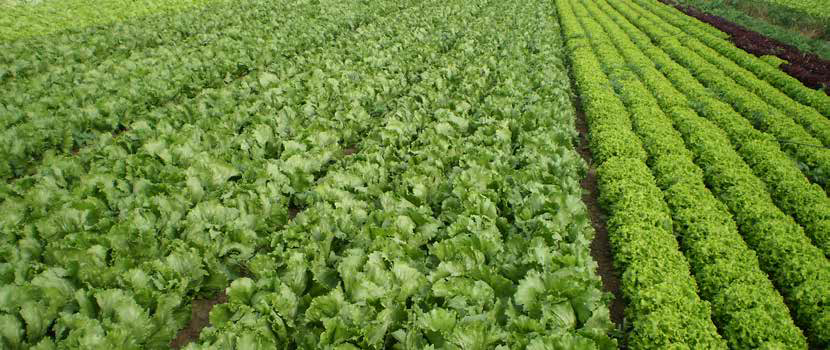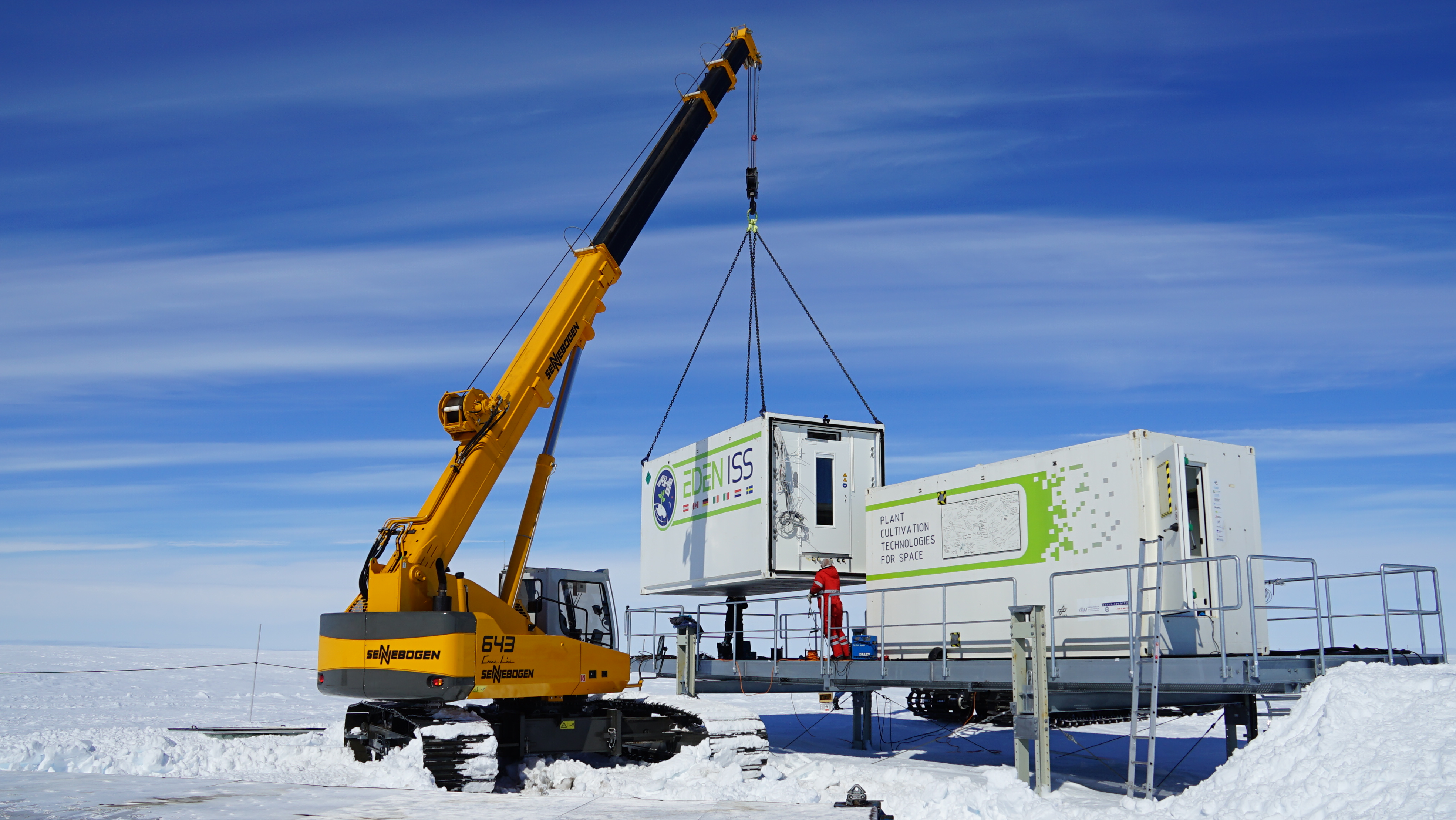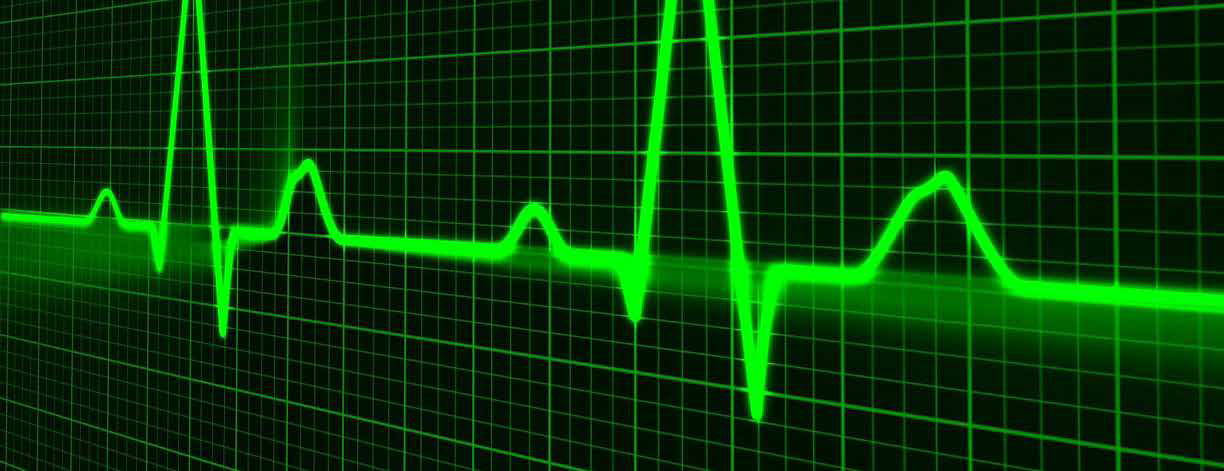Abstract
To increase the possibilities for humans to explore space, the development of bio-regenerative life support systems is essential: these systems must fulfil all human needs to sustain a sufficient living condition. In this contest, a greenhouse module is the fundamental part of every concept for a stable and independent base in future space missions. Indeed a greenhouse can (re-)generate essential resources for humans by closing different loops within a habitat, like waste water recycling, CO2 reduction, food and O2 production.
Following this aim this feasibility study has been carried out to investigate and develop the characteristics of a greenhouse module for a future lunar base. This project has been coordinated by the German Aerospace Center (DLR) and it is embedded in the MELiSSA framework of ESA research projects.
Read the article



